
More than 50 million people enjoy shooting sports in the United States and yet finding a local gun range to shoot is becoming increasingly more difficult. Many states are working to increase legislation on ranges making it extremely difficult to participate in shooting sports and train with your firearm. Building a range at your own property can be the perfect solution giving you the freedom to shoot when you want without interruption and construct a range that allows you to train how you want.
A few years ago, I began searching for a property that would accommodate constructing my own shooting range. With my dreams in action, I finally made it happen. It is a continual work in progress. To help get you started in the right direction, below are a few tips from my journey that I hope will help you construct your own backyard range.
Laws
Before you begin construction on your range, you will need to visit with your county planning department. While there, thoroughly review your state and local laws and zoning ordinances as well as any potential neighborhood covenants, codes, and restrictions that may be in place regarding the recreational use of firearms on your property. You will also want to identify, if any, Environmental Protection Agency restrictions on lead ammunition or regulatory requirements for reclamation of spent lead ammunition.
This is also a great time to discuss your construction plans with the planning department in the event that you need to apply for permits or update your property site plan.
Additionally, you may consider having a conversation with the local code enforcement personnel to inform them of your plans to construct a range on your property and that you have verified that it is legal and in accordance with local zoning ordinances. This will help them manage neighbor complaints that they may receive once your range is established and you start shooting.
Resources
The National Rifle Association has an online Range Development and Operations course that is designed to educate people that are looking to build a public range or private range. The comprehensive course that gives helpful information regarding environmental concerns along with indoor and outdoor range construction. For a much lower price point, the NRA Range Source Book retails for $59.95 and has over 30 chapters that will help you get started on your indoor or outdoor range.
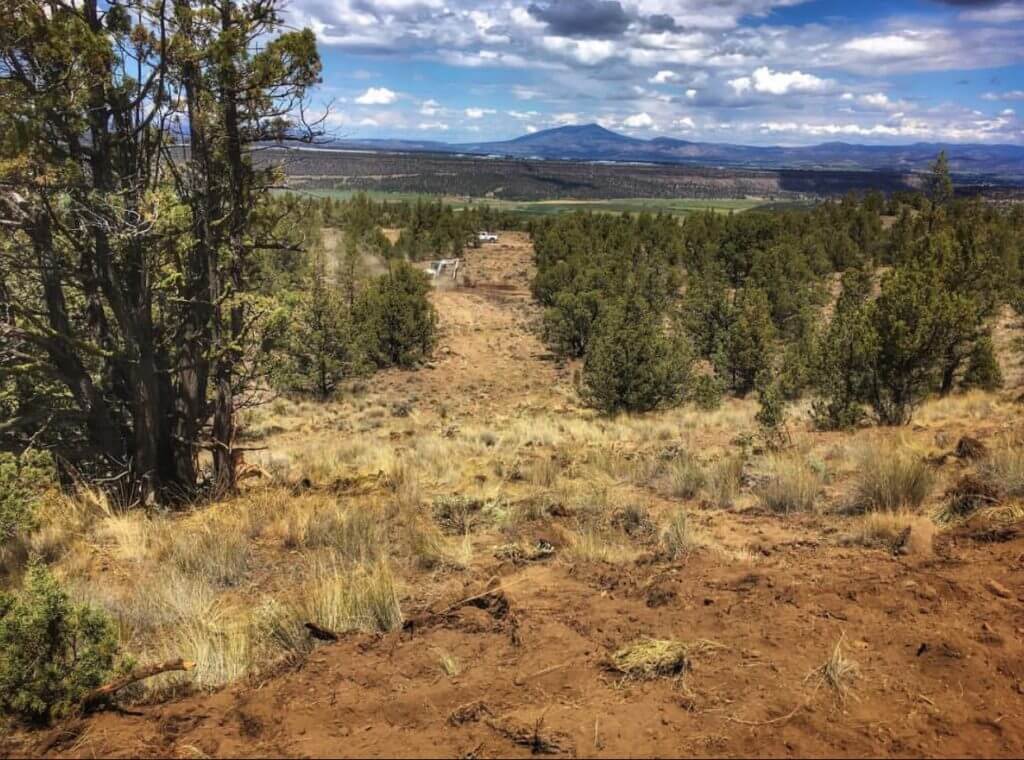
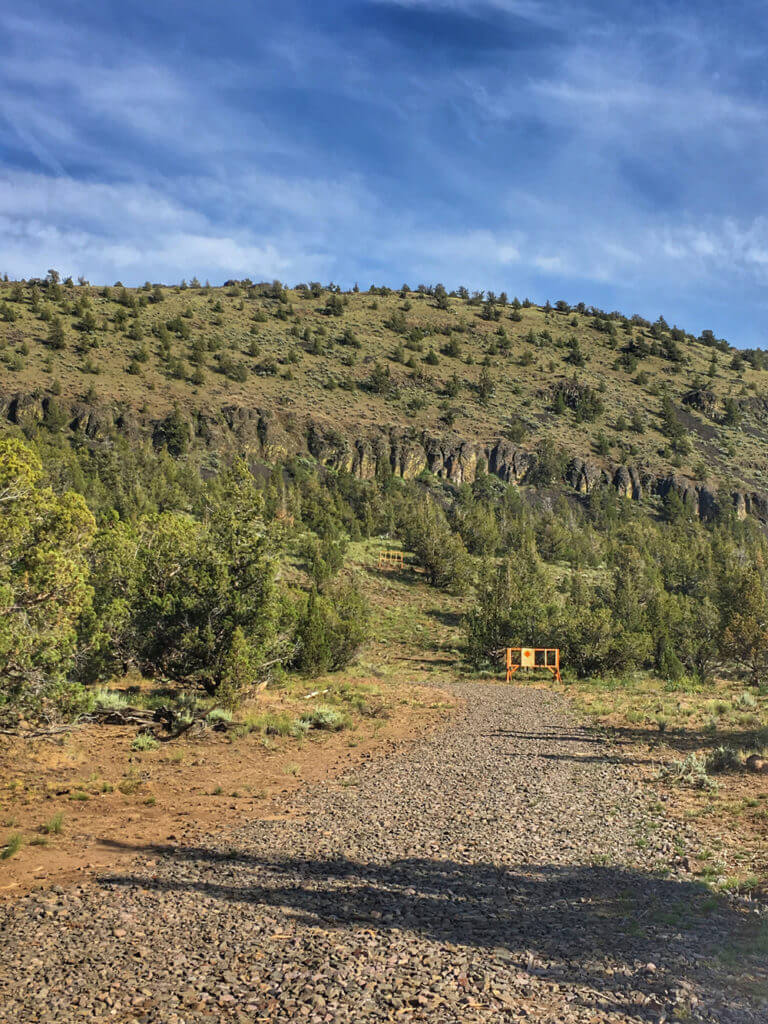
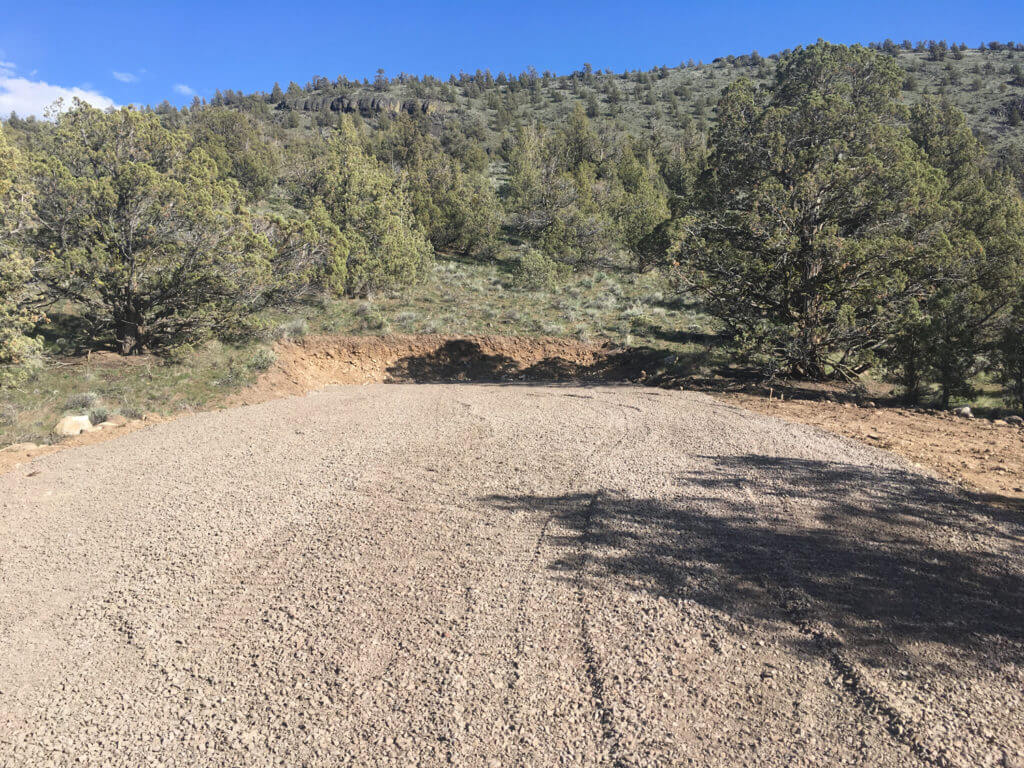
Location
One of the basic rules of firearm safety is to be certain of your target and what’s beyond it. The first determination to choosing the location of your gun range is identifying a location that you have a safe natural backstop or the next option which is to build a backstop. If you are going to construct a backstop, do some research as there are a myriad of ideas online that will help to determine the perfect backstop for your intended use.
Generally speaking, constructing a safe backstop will require heavy equipment and the possibility of bringing in top-soil. Creosote railroad ties are highly recommended for backstops when coupled with a hill or dirt behind it. When solidifying your range location, keep in mind how far the bullet could potentially travel if it misses the target and or ricochets in another direction.
Construction
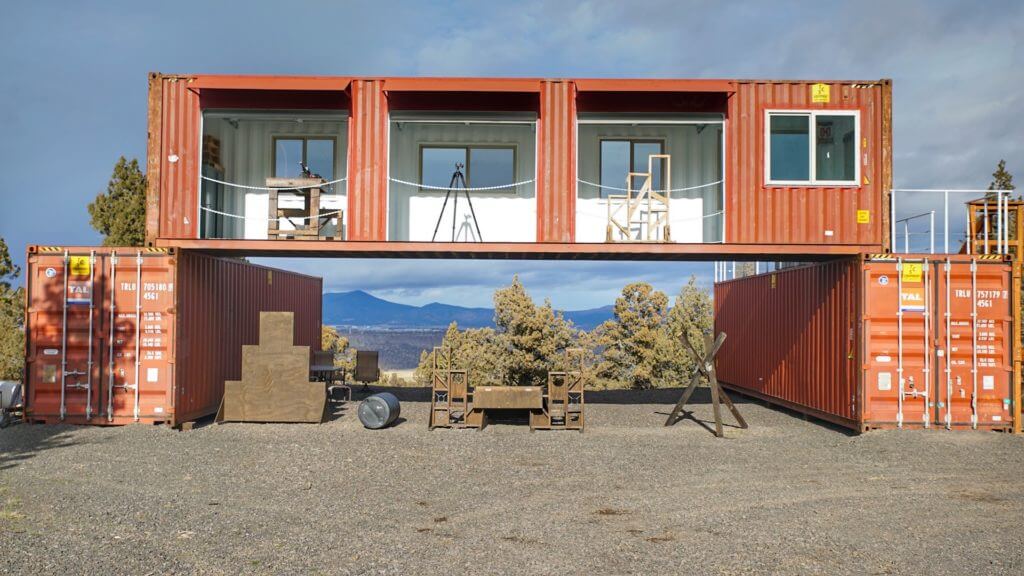
How you decide to build your range is going to depend on how much space you have and of course what type of shooting sports you participate in. Regardless, staying out of the elements certainly lends itself to shooting more comfortably and frequently. With that in mind, you may consider modifying a shipping container into an indoor shoot house. The type of shoot house that you may consider building will once again vary depending on your end-use. For me, I wanted to create a place that I could get out of the elements and zero my rifle, collect data and do some training all while staying on a budget.
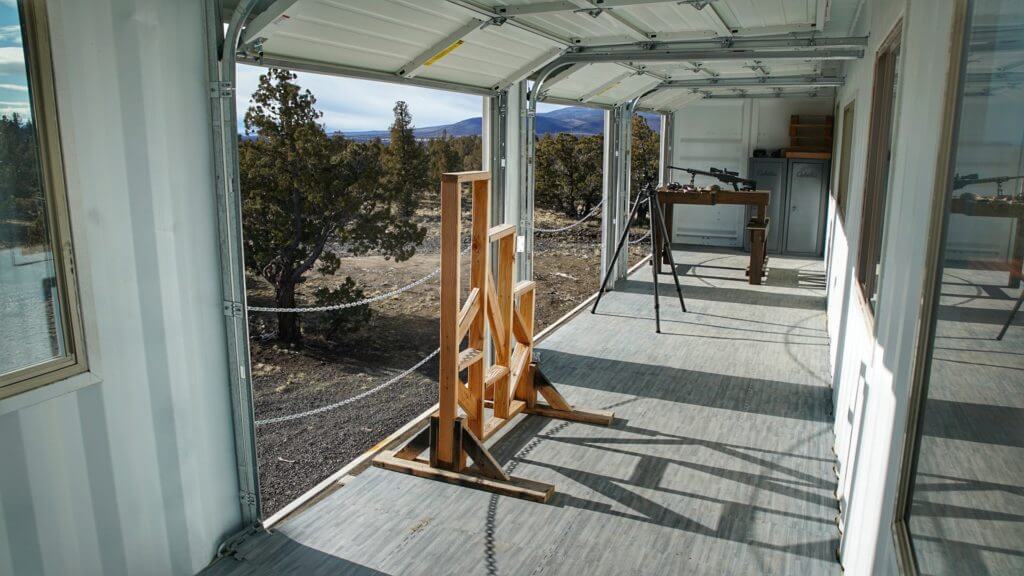
There are several major advantages of using shipping containers as an accessory building. The first is that they are very affordable to acquire and are quite clean inside, water-tight and rodent proof. Often times, permits are not required to place a container on your property which can save you thousands of dollars over a newly constructed building.
The other great attribute about shipping containers is that they can be stacked atop one another. The layout that I chose placed two of the containers parallel with each other and the third container horizontal on top of the two. This configuration allows the opportunity to run two active lines of fire concurrently. Roofing kits can also be acquired and erected creating a shop out of your containers.
For my construction project, I purchased three 40’ High Cube shipping containers, a set of used windows off Craigslist, a used commercial man door, and three eight-foot commercial garage doors. Once I determined my window sizes and door openings, I had fabricators cut out the openings, framing them with steel in order to maintain the integrity of the structure. Keep in mind, if you plan to install roll-up doors, you may want to invest in a high cube container to allow adequate roof space for the garage door hardware in the ceiling of the container.
For sound reduction, consider adding foam floor tiles to the interior of the building and/or foam acoustic panels to the ceiling. Regardless, always wear adequate hearing protection while shooting from within the container.

Shooting Bench & Props
The addition of a traditional shooting bench will provide a stable place to shoot while zeroing a rifle or gathering data. Adding items to your range like a barricade, rooftop, tank trap, or plastic water barrel will add a tremendous amount of value to your shooting and training experience for many types of shooting sports, especially if you are a hunter or precision shooting competitor. Training with these props will decrease your stage preparation time, decrease your transition time all while increasing your accuracy which is critical while afield in a hunting situation or in competition.
Targets
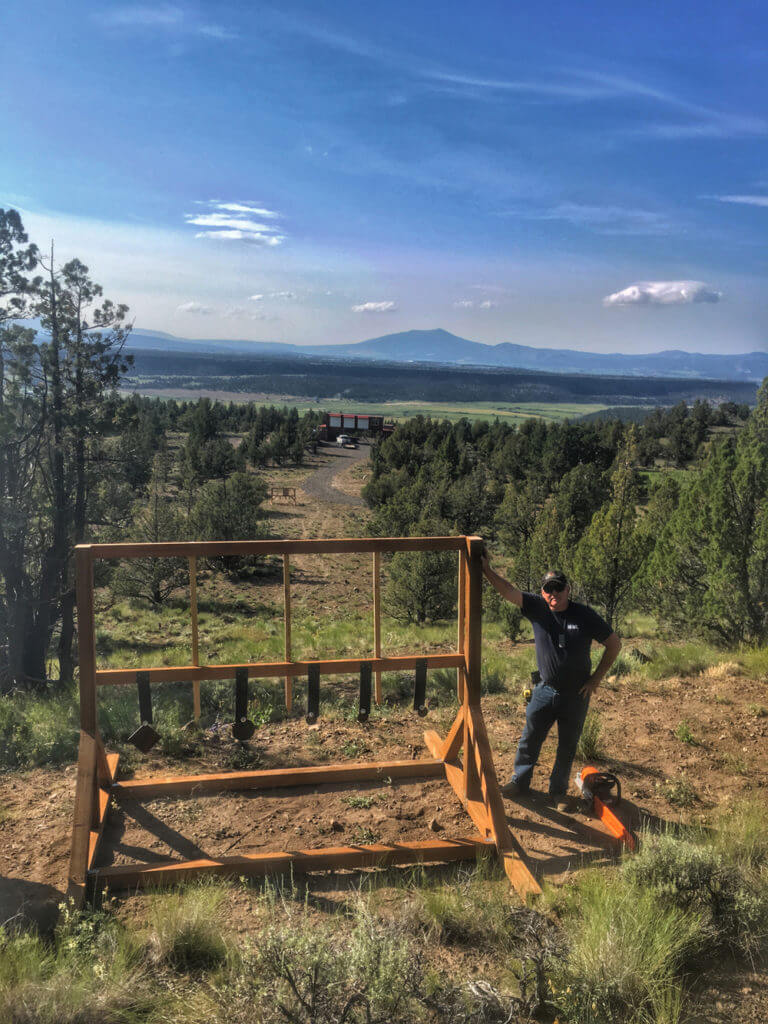
The type of targets that you choose to add is a personal preference. For my range, we constructed mobile target stands out of pressure treated 4×4’s and 2×4’s. The 1×2 target supports are easily replaced when necessary. And the sturdy construction should last for many years while exposed to the elements. Adding small steel targets to this board creates a dynamic training experience.
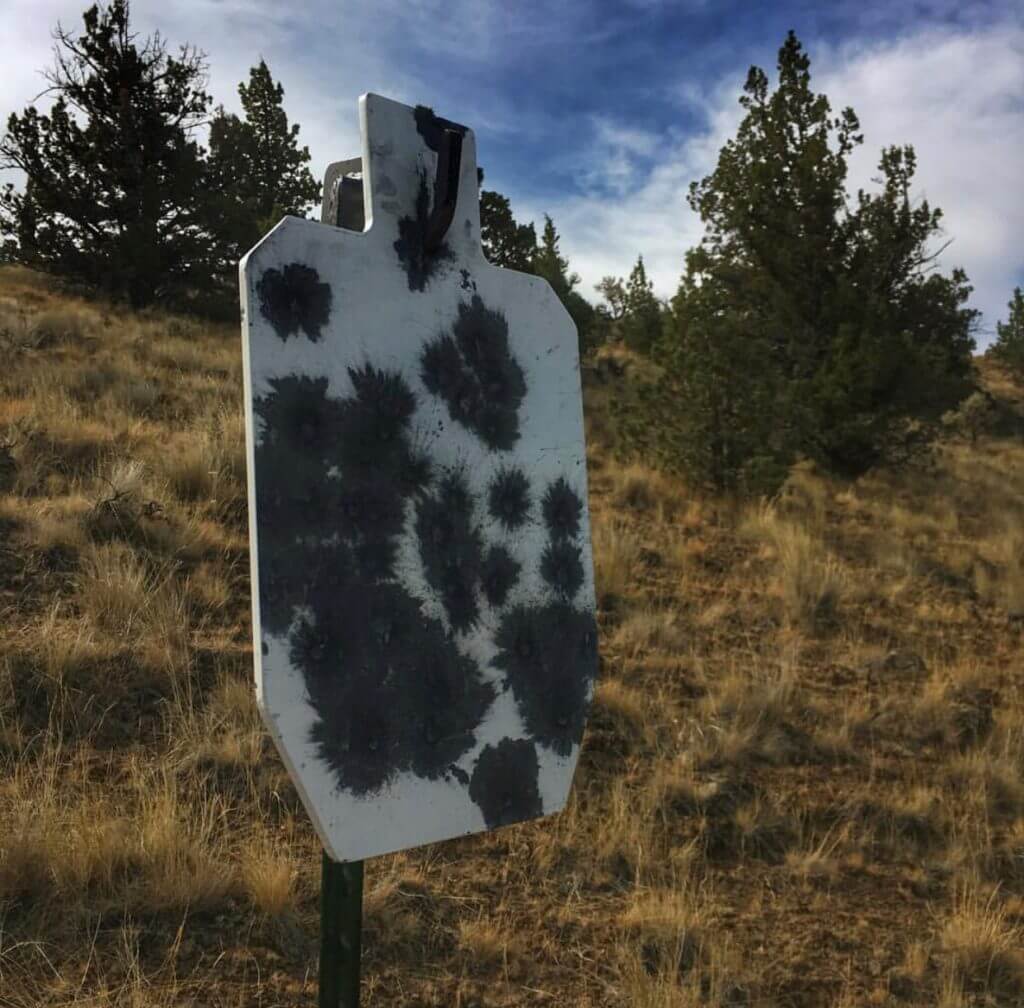
When it comes to steel targets, JC Steel is an industry leader in quality AR500 steel targets and target hanging systems. One of my favorite target systems is the slotted hook system which attaches right over the top of a standard t-post. This system is extremely affordable yet provides a durable target that will last for years.

Other popular targets would include a KYL rack, which is a target rack consisting of 5 different sized steel plates. This is a very fun target system because it challenges the shooter.
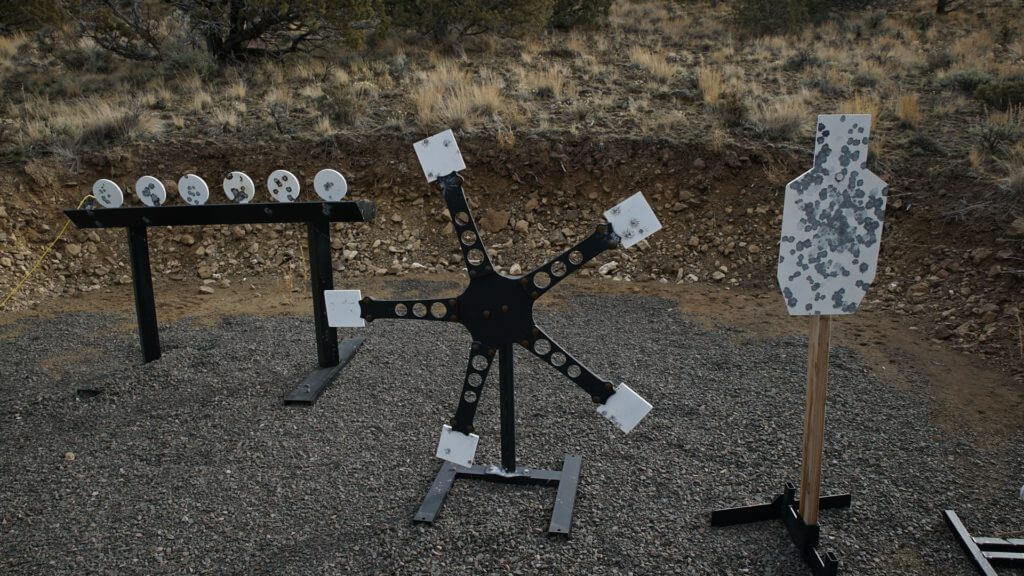
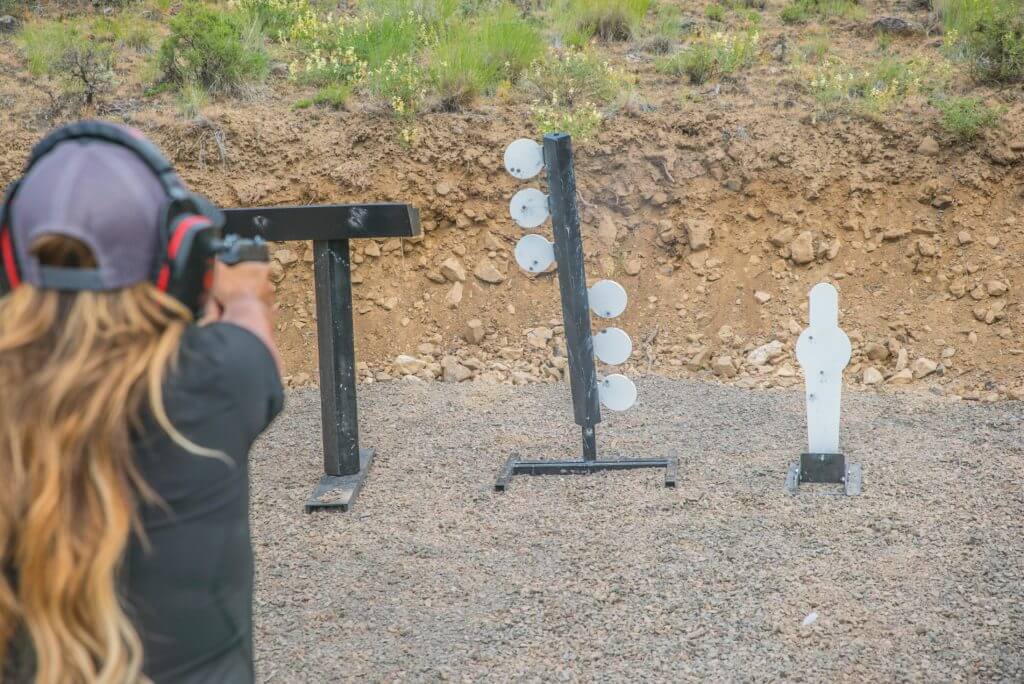
For pistol, I really like shooting the Poor Man Plate rack, the 6-target dueling tree and Texas star to name a few.
Rifle Target Ranges

Don’t be discouraged if you are limited on the distance you can shoot. A 100-yard range can provide exceptional training value for a precision shooter or hunter. To challenge yourself, simply reduce the overall size of your targets. Many precision competitions have 2 MOA target sizes which at 100 yards equates to a 2” target. Use this general rule of thumb in your training. Focus on becoming more efficient with your stage prep, focusing on smooth transitions, shot cadence and overall hit ratio.
If your dream is to be a lead farmer, building a backyard range is a worthwhile endeavor. This is truly a labor of love. When you have steel targets spread out across your range and an assortment of training stages, your backyard will be the go-to place for family and friends to come and train or simply enjoy shooting sports.
*Please note this is a private shooting range. Memberships are not sold and it is not available for events or lease.